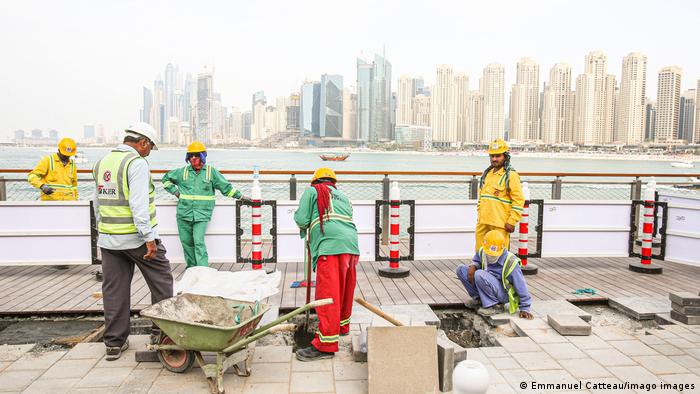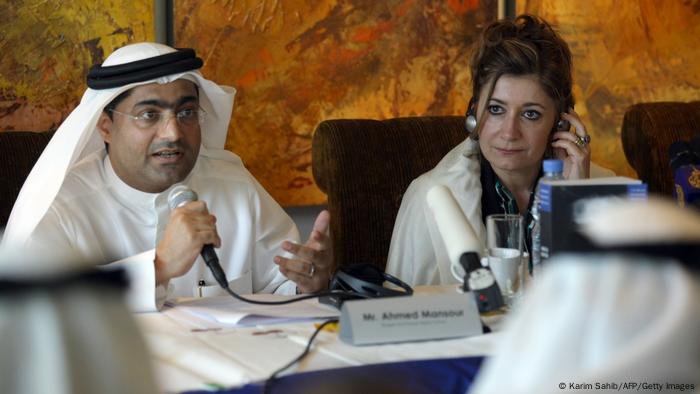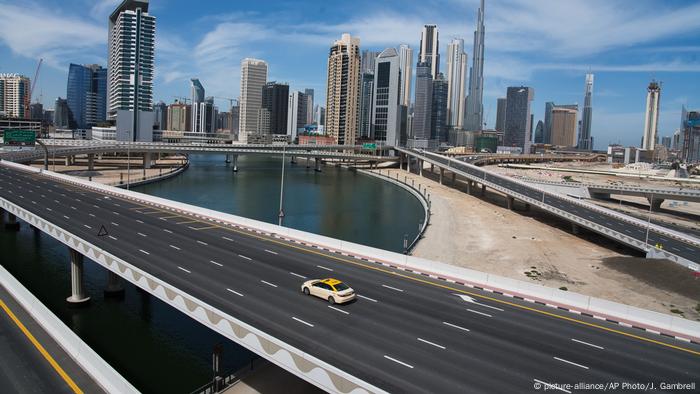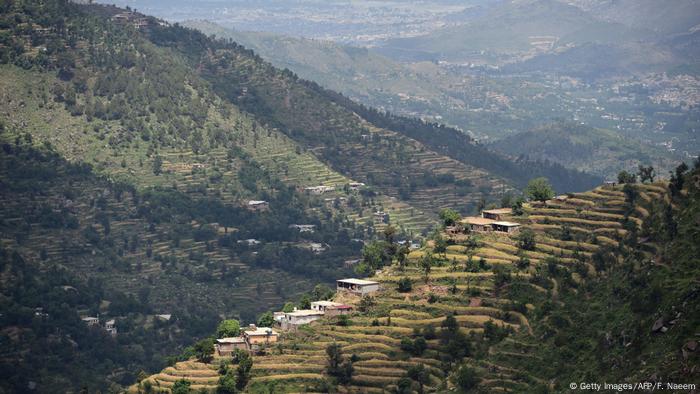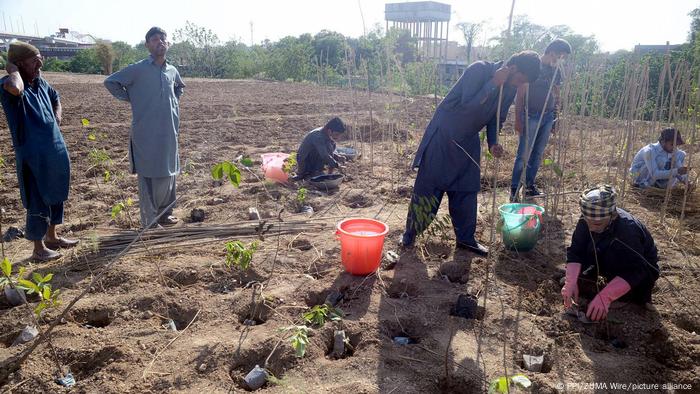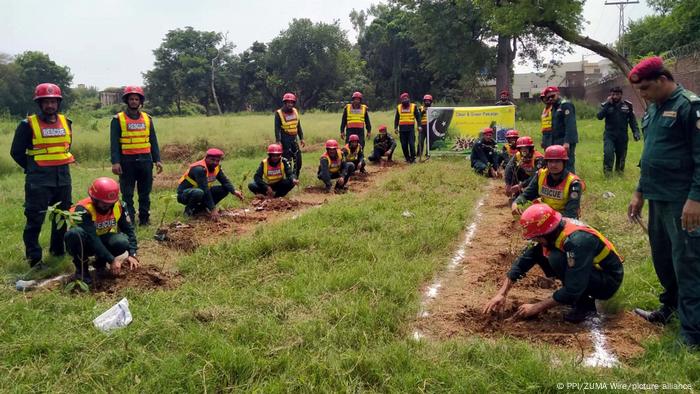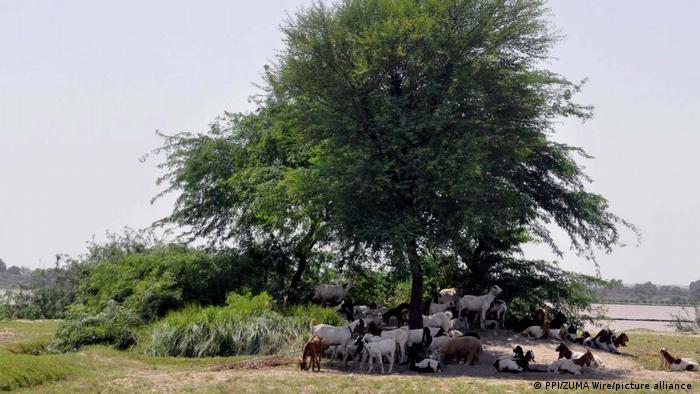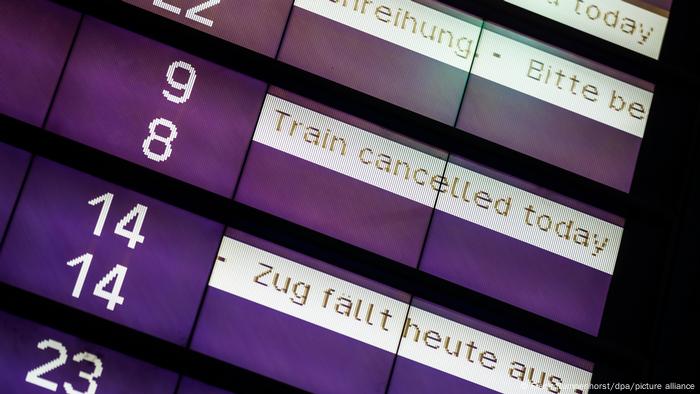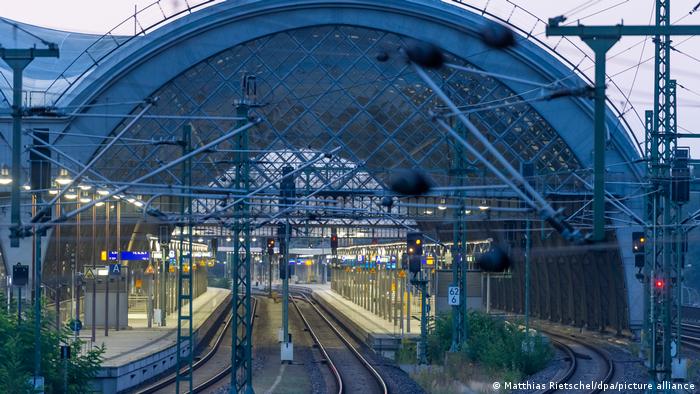Susan J. Demas, Michigan Advance
September 03, 2021

Judge Amy Coney Barrett (Screen Grab)
This week, my almost 19-year-old daughter stepped foot on her college campus to take classes for the first time (a year late thanks to the loud, selfish minority's continual refusal to take COVID seriously).
This article was originally published at Michigan Advance
As I hugged her goodbye, it occurred to me that she now has fewer rights as a woman than I did when I left the nest for college 23 years ago.
Thanks to five far-right Supreme Court justices cowardly dropping an opinion in the dead of night Thursday essentially gutting Roe v. Wade, millions of people in Texas just lost their right to safe, legal abortion. (Of course, abortion has been around thousands of years and will always continue — it's just more people will desperately seek out risky methods). Other red states will giddily follow.
When it comes to women's rights in America, we have undisputedly gone backward.
Think your birth control is safe? Same-sex marriage? Please. The extremist Supreme Court will have the final say over what you do with your body and in your bedroom. Basic health care and civil rights will be overturned — perhaps without even giving citizens the courtesy of arguing their case in court.
This is the end point of a far-right Republican Party that considers the American experiment of democracy to be a failure because it's no longer conducive for them to fairly win elections on its unpopular platform of tax cuts for billionaires and basic rights for straight white men only.
Progress is never inevitable and permanency for hard-fought rights isn't guaranteed — that's a lesson we need to heed as we're being attacked on every front, from racial justice to the safety net. But after years of listening to Republicans shamelessly lie about abortion methods and statistics — even in legislation — and male pundits and editors smugly dismiss women who warned Roe would be overturned as “hysterical," I think we're all allowed to be angry right now.
As a journalist, I've been trained to question everything (the old adage is, “If your mother says she loves you, check it out.") So it's been wild to see how the so-called pro-life movement has long been treated gingerly by the media.
Their talking points are repeatedly and egregiously false, from claiming that abortion leads to breast cancer to claiming that late-term abortions are casually prescribed to former President Donald Trump's favorite bizarre lie that doctors and women are teaming up for post-birth abortions (which would be straight-up infanticide and of course it isn't happening).
Since Trump came on the scene, many reporters have struggled with how to cover Republicans, whose press releases, tweets and public comments are a gordian knot of falsehoods that take paragraphs to debunk (they're of course counting on us not to bother and just reprint their propaganda).
But the anti-abortion movement wrote the playbook they're following.
Working the refs and loudly complaining about coverage you don't like — complete with threatening reporters' jobs, which some might call “cancel culture" — is a staple of right-wing political training. But there's more at work than that. Many journalists give anti-abortion activists enormous deference, rarely questioning if their moral or religious objection to basic health care is sincere — or if it's just rooted in deep misogyny. After all, pro-lifers are often vocally against the Equal Rights Amendment or even equal pay. It's not like they're hiding their sexist agenda.
But we do our readers and viewers dirty to unquestioningly include anti-abortion lies for the sake of balance — and it's irreconcilable with our core mission of informing the public.
We've also set the stage for how much of the COVID-19 pandemic has been covered, with lies and conspiracy theories spewed by anti-maskers and anti-vaxxers often juxtaposed with doctors detailing scientific research and giving sound medical advice.
We've now been living through a horrific pandemic for almost two years that's killed over 640,000 Americans — equivalent to wiping out the entire state of Vermont — and sickened 39 million, roughly the population of California, our biggest state.
It's been fascinating to see the radio silence from the so-called pro-life movement to stop a mass death event. This should have been their moment — if this was really about sincerely held beliefs.
Yet they're not on the forefront of the public health fight for masks in schools — especially to protect vulnerable children — and even lobbied in Michigan for vaccines to come with a warning if aborted fetal cells were used in developing them, which amped up vaccine hesitancy. Oh, and when Gov. Gretchen Whitmer issued stay-home orders in spring 2020, Right to Life of Michigan stayed mum on the life-saving measure, except to complain that she didn't shut down women's health clinics, sniffing that “her most important audience is Joe Biden's vice presidential selection committee."
It was always about raw political power for the right. It was never about the preservation of human life.
That's why your friendly neighborhood conservative who told you Trump wasn't that bad has been cheering over the Supreme Court's “pro-life" decision in Texas, but he's fine with your babies going to school and getting murdered by an active shooter or getting life-threatening COVID because “freedom."
But after watching anti-abortion activists' flagrant and stomach-churning hypocrisy during the pandemic — which is typically considered the greatest political sin imaginable — it's amazing that most reporters didn't cover groups with any more skepticism.
Last fall, Republicans installed anti-abortion warrior Amy Coney Barrett to replace women's rights champion Ruth Bader Ginsburg on the high court just days before badly losing the 2020 election. Barrett was mawkishly lauded by some women as “a new feminist icon" while others defended her against attacks on her large family (which Democrats never made).
Well, here's the truth about living in Amy Barrett's America, ladies. She got to have the family she wanted and on her own terms. You don't.
Michigan Advance is part of States Newsroom, a network of news bureaus supported by grants and a coalition of donors as a 501c(3) public charity. Michigan Advance maintains editorial independence. Contact Editor Susan Demas for questions: info@michiganadvance.com. Follow Michigan Advance on Facebook and Twitter.










